Home>Home Appliances>Bathroom Appliances>How Much Weight Does Shoes Add To The Scale
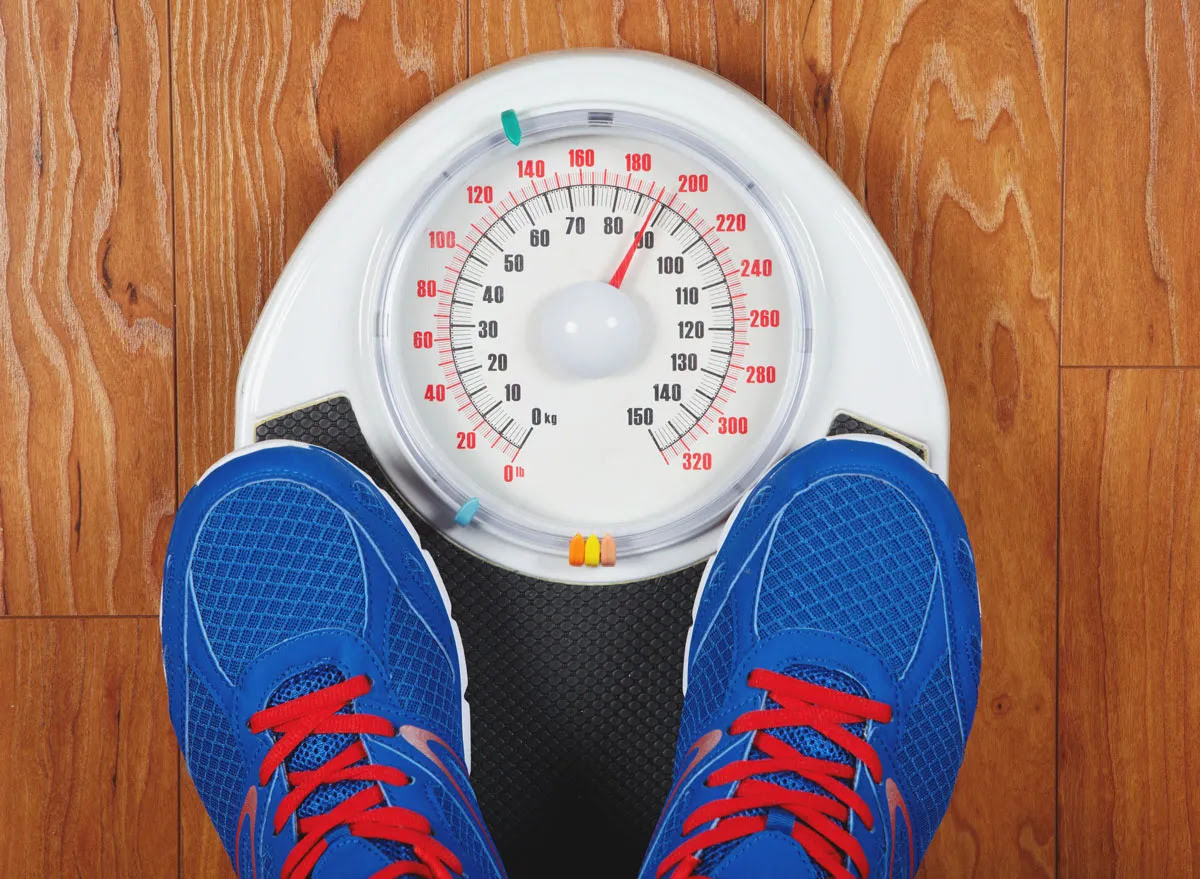

Bathroom Appliances
How Much Weight Does Shoes Add To The Scale
Published: February 13, 2024
Discover how much weight your shoes add to the scale and learn how to account for it when using bathroom appliances. Find out more here.
(Many of the links in this article redirect to a specific reviewed product. Your purchase of these products through affiliate links helps to generate commission for Storables.com, at no extra cost. Learn more)
Introduction
When it comes to our daily routines, the weight of our shoes might not be the first thing that comes to mind. However, have you ever stopped to consider just how much weight your shoes add to the scale? Whether you're an avid runner, a fashion enthusiast, or someone who simply wants to understand the impact of footwear on your overall weight, this article will delve into the often-overlooked topic of shoe weight.
Shoes are an essential part of our lives, serving both functional and aesthetic purposes. From sturdy hiking boots to sleek high heels, the weight of our footwear can vary significantly based on the type, materials, and design. Understanding the weight of different types of shoes and the factors that contribute to their overall mass can provide valuable insights into how they may affect our daily activities and even our physical well-being.
In the following sections, we will explore the weight of various types of shoes, delve into the factors that influence their mass, and ultimately answer the burning question: How much weight do shoes add to the scale? Additionally, we will provide practical tips for minimizing the weight of shoes, offering valuable advice for those seeking to lighten their load without compromising on comfort or style.
So, if you've ever wondered about the impact of your footwear on your weight, or if you're simply curious about the science behind shoe weight, join us on this enlightening journey through the world of footwear. Let's step into the realm of shoe weight and uncover the secrets that lie beneath the soles of our beloved shoes.
Key Takeaways:
- The weight of your shoes can add 2 to 5 pounds to your scale measurement, so choose lighter footwear for enhanced comfort and agility in daily activities.
- Factors like materials, design, and support features influence shoe weight, impacting comfort and performance. Choose footwear tailored to your needs for a better experience.
Read more: How Does A Spring Scale Measure Weight
The Weight of Different Types of Shoes
When it comes to the weight of shoes, there is a wide spectrum of variation based on the type, design, and intended use. Understanding the weight of different types of shoes can provide valuable insights into the impact they may have on our daily activities and overall physical well-being.
-
Running Shoes: Running shoes are designed to be lightweight to minimize the energy required for each stride. Typically, a pair of men's running shoes can weigh between 8 to 10 ounces (227 to 283 grams), while women's running shoes may weigh slightly less, ranging from 6 to 8 ounces (170 to 227 grams). The weight of running shoes is influenced by factors such as cushioning, outsole materials, and the presence of additional support features.
-
Hiking Boots: Hiking boots are crafted to provide stability and protection on rugged terrain. As a result, they tend to be heavier than running shoes. The weight of hiking boots can vary widely depending on the design and materials used. A pair of mid-weight hiking boots for men may weigh between 2 to 3 pounds (0.9 to 1.4 kilograms), while women's hiking boots typically weigh slightly less, ranging from 1.5 to 2.5 pounds (0.7 to 1.1 kilograms).
-
High Heels: High heels are renowned for their elegant yet often weighty construction. The weight of high heels can range from 0.5 to 1.5 pounds (0.2 to 0.7 kilograms) per pair, with variations based on heel height, platform thickness, and the materials used in the construction of the shoe.
-
Sneakers: Sneakers, also known as athletic shoes, encompass a broad category of footwear designed for various sports and casual activities. The weight of sneakers can vary significantly based on their intended use. For instance, basketball shoes are often more substantial to provide ankle support, while lightweight canvas sneakers may weigh considerably less.
-
Dress Shoes: Dress shoes, including oxfords, loafers, and brogues, are typically crafted from leather or synthetic materials. The weight of dress shoes can range from 1 to 2 pounds (0.5 to 0.9 kilograms) per pair, with variations based on the style, construction, and materials utilized.
Understanding the weight of different types of shoes is essential for selecting footwear that aligns with specific activities and personal preferences. Whether you're seeking lightweight running shoes for enhanced performance or sturdy hiking boots for outdoor adventures, the weight of shoes plays a crucial role in determining comfort, support, and overall functionality.
Factors Affecting the Weight of Shoes
The weight of shoes is influenced by a myriad of factors, each playing a pivotal role in determining the overall mass of footwear. Understanding these factors provides valuable insights into the construction, performance, and comfort of different types of shoes.
-
Materials: The choice of materials significantly impacts the weight of shoes. For instance, leather, known for its durability and classic appeal, tends to add substantial weight to footwear. In contrast, modern synthetic materials, such as mesh and lightweight polymers, offer durability and breathability while minimizing overall weight.
-
Outsole Construction: The outsole, or the bottom part of the shoe, contributes to its weight and durability. Shoes designed for rugged terrain often feature thick, heavy-duty outsoles with deep treads for enhanced traction, adding to the overall weight. On the other hand, shoes with thinner, lighter outsoles are often favored for activities that prioritize agility and speed.
-
Midsole Cushioning: The presence and type of cushioning in the midsole play a crucial role in the weight of shoes. Running shoes, for example, may feature lightweight foam or air-based cushioning to minimize weight without compromising on comfort and impact absorption. In contrast, shoes designed for maximum support and stability, such as hiking boots, may incorporate denser, heavier cushioning materials.
-
Support Features: Shoes with additional support features, such as reinforced heel counters, arch supports, and ankle stabilizers, tend to be heavier due to the inclusion of supportive materials and structures. These features are often essential for activities that place high demands on foot and ankle stability, such as hiking and certain sports.
-
Closure Systems: The type of closure system, whether it's traditional laces, hook-and-loop straps, or buckles, can impact the weight of shoes. While traditional laces are lightweight, certain alternative closure systems may add minimal weight but offer enhanced convenience and adjustability.
-
Design Complexity: Intricate designs, embellishments, and additional components, such as decorative hardware or layered overlays, can contribute to the overall weight of shoes. While these design elements add aesthetic appeal, they may also increase the mass of the footwear.
-
Size and Fit: The size and fit of shoes directly influence their weight. Larger shoe sizes and wider fits may inherently weigh more due to the additional materials required for construction. However, advancements in material technology and design have led to innovations in lightweight construction across various sizes and fits.
Understanding the factors affecting the weight of shoes empowers individuals to make informed decisions when selecting footwear tailored to their specific needs and preferences. Whether prioritizing lightweight agility, rugged durability, or stylish comfort, the interplay of materials, construction, and design elements shapes the weight of shoes across diverse activities and lifestyles.
When weighing yourself, it’s best to do so without shoes on, as they can add anywhere from 1-3 pounds to the scale. This can give you a more accurate measurement of your actual weight.
How Much Weight Shoes Add to the Scale
The weight of shoes is a factor that often goes unnoticed in our daily lives, yet it can have a tangible impact on our overall weight. When we step onto a scale, the mass of our shoes is included in the measurement, potentially influencing our perceived weight. Understanding how much weight shoes add to the scale is essential for gaining insight into the significance of footwear mass and its implications for various activities and individuals.
On average, a pair of shoes can add anywhere from 2 to 5 pounds (0.9 to 2.3 kilograms) to an individual's weight when standing on a scale. However, this range can vary significantly based on the type of shoes worn. For instance, lightweight running shoes may add approximately 1 pound (0.45 kilograms) to the scale, while sturdy hiking boots can contribute an additional 3 to 5 pounds (1.4 to 2.3 kilograms) due to their robust construction and materials.
The weight added by shoes is influenced by factors such as the materials used, the design complexity, and the presence of support features. Additionally, the size and fit of the shoes play a crucial role in determining the extent to which they contribute to the overall weight on the scale. Understanding the weight added by shoes is particularly relevant for individuals who engage in activities where every ounce matters, such as competitive sports, long-distance running, or hiking.
Furthermore, the impact of shoe weight on the scale extends beyond mere measurement. For individuals striving to manage their weight or monitor changes in their body mass, the inclusion of shoes in the measurement can affect the accuracy of their weight tracking. This is especially pertinent in scenarios where precise weight measurements are essential, such as in medical settings or athletic performance evaluations.
In essence, the weight added by shoes to the scale is a significant consideration for individuals across various walks of life. Whether it's the quest for enhanced athletic performance, the desire for accurate weight monitoring, or the pursuit of comfort and functionality, understanding the impact of footwear mass on the scale provides valuable insights into the interplay between shoes and our overall weight.
By recognizing the weight contributed by shoes, individuals can make informed choices regarding their footwear, tailor their selections to specific activities, and gain a deeper understanding of how shoes factor into their daily routines and well-being.
Tips for Minimizing the Weight of Shoes
Minimizing the weight of shoes can offer a myriad of benefits, including enhanced agility, reduced fatigue, and improved overall comfort. Whether you're an athlete seeking to optimize performance or an individual looking to lighten your load during daily activities, implementing strategies to minimize the weight of your shoes can make a tangible difference. Here are some practical tips to achieve lighter footwear without compromising on essential features:
-
Choose Lightweight Materials: Opt for shoes constructed from lightweight materials such as mesh, synthetic fabrics, and advanced polymers. These materials offer durability, breathability, and structural support while minimizing overall weight. Look for innovative shoe designs that prioritize lightweight construction without sacrificing performance or longevity.
-
Prioritize Streamlined Designs: Select shoes with streamlined designs that minimize unnecessary bulk and weight. Look for sleek silhouettes and minimalistic construction that focus on essential support and functionality. Avoid overly embellished or bulky designs that add unnecessary mass to the shoes.
-
Explore Advanced Cushioning Technologies: Seek out shoes equipped with advanced cushioning technologies that offer optimal support and impact absorption without excessive weight. Lightweight foam compounds, air-based cushioning units, and responsive midsole materials can provide the desired comfort and protection while keeping the overall weight in check.
-
Consider Alternative Closure Systems: Explore shoes featuring alternative closure systems, such as elastic laces, hook-and-loop straps, or quick-adjust mechanisms. These innovative closure systems offer secure fits and convenience while minimizing the weight traditionally associated with traditional laces and hardware.
-
Embrace Minimalist Footwear: For certain activities, consider minimalist footwear options that prioritize a barefoot-like experience with minimal cushioning and structural components. Minimalist shoes offer a lightweight and natural feel, promoting enhanced proprioception and a more efficient stride.
-
Opt for Hybrid Construction: Look for shoes that utilize hybrid construction techniques, combining lightweight materials with strategic reinforcements in high-stress areas. This approach allows for the reduction of unnecessary weight while maintaining essential durability and support where it matters most.
-
Regular Maintenance and Cleaning: Keep your shoes clean and well-maintained to prevent the accumulation of dirt, moisture, and debris, which can add unnecessary weight over time. Regular cleaning and proper storage can help preserve the lightweight characteristics of your footwear.
By implementing these tips, individuals can effectively minimize the weight of their shoes across various activities and lifestyles. Whether it's optimizing athletic performance, enhancing everyday comfort, or simply lightening the load during outdoor adventures, the pursuit of lighter footwear can lead to a more enjoyable and effortless experience.
Read more: How To Fix A Weight Scale
Conclusion
In conclusion, the weight of shoes is a significant yet often overlooked aspect of our daily lives. From the lightweight agility of running shoes to the sturdy resilience of hiking boots, the mass of footwear plays a crucial role in shaping our comfort, performance, and overall well-being. By delving into the weight of different types of shoes and understanding the factors that influence their mass, we gain valuable insights into the impact of footwear on our daily activities and physical experiences.
The weight added by shoes to the scale, ranging from 2 to 5 pounds on average, holds implications for individuals across diverse pursuits, from competitive sports to everyday routines. This weight is influenced by a myriad of factors, including materials, design complexity, and the presence of support features, underscoring the intricate interplay between construction and mass in footwear.
Furthermore, the quest to minimize the weight of shoes presents opportunities for individuals to optimize their footwear choices, whether it's through the selection of lightweight materials, streamlined designs, or advanced cushioning technologies. By embracing innovative construction and maintenance practices, individuals can achieve lighter footwear without compromising on essential features, leading to enhanced agility, reduced fatigue, and improved overall comfort.
Understanding the weight of shoes and its impact on the scale empowers individuals to make informed decisions regarding their footwear, tailoring their selections to specific activities and personal preferences. Whether it's the pursuit of enhanced athletic performance, the desire for accurate weight monitoring, or the quest for comfort and functionality, the weight of shoes serves as a tangible consideration in our daily lives.
As we step forward in our footwear choices, let us carry with us the knowledge of how the weight of shoes shapes our experiences. By recognizing the significance of footwear mass and its implications, we can stride with confidence, knowing that our shoes not only support us but also contribute to our overall well-being in ways that extend beyond mere measurements on a scale.
Frequently Asked Questions about How Much Weight Does Shoes Add To The Scale
Was this page helpful?
At Storables.com, we guarantee accurate and reliable information. Our content, validated by Expert Board Contributors, is crafted following stringent Editorial Policies. We're committed to providing you with well-researched, expert-backed insights for all your informational needs.
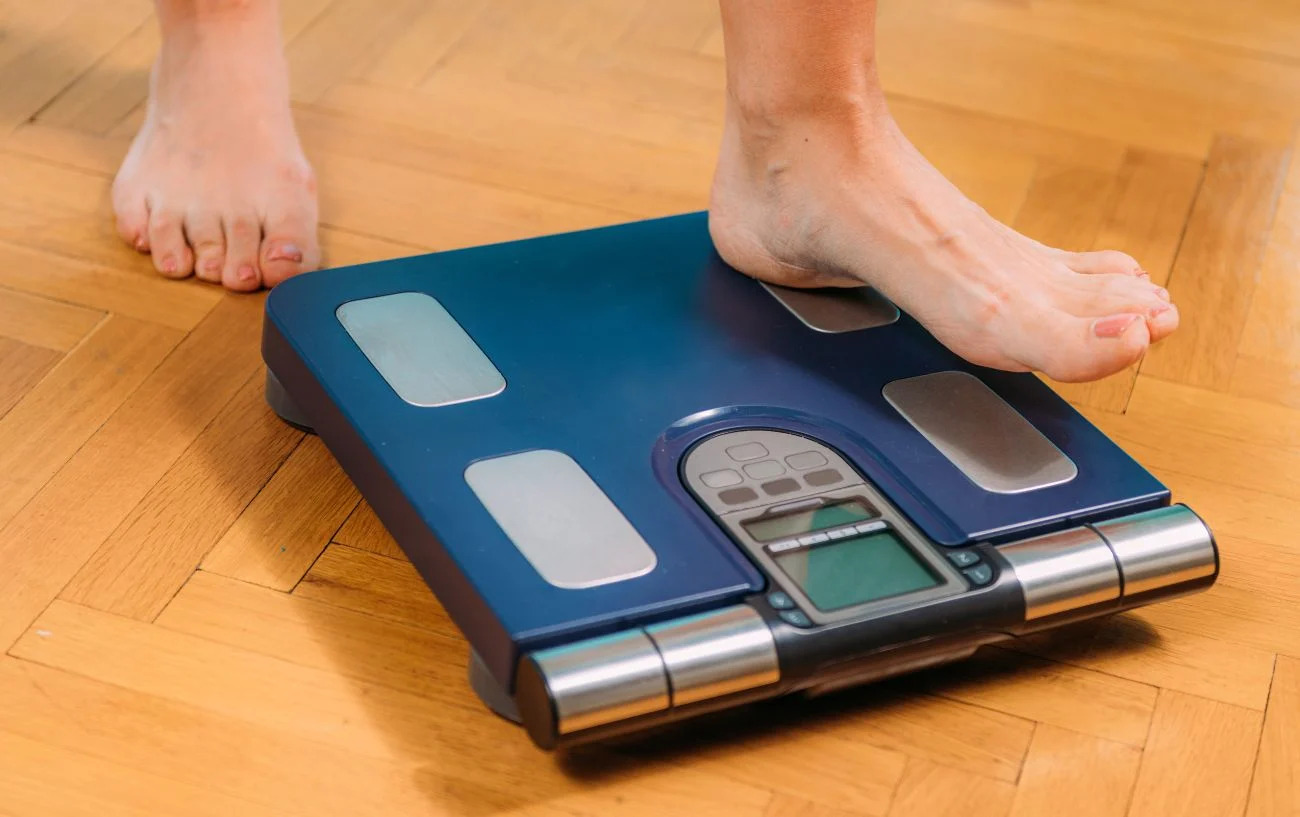
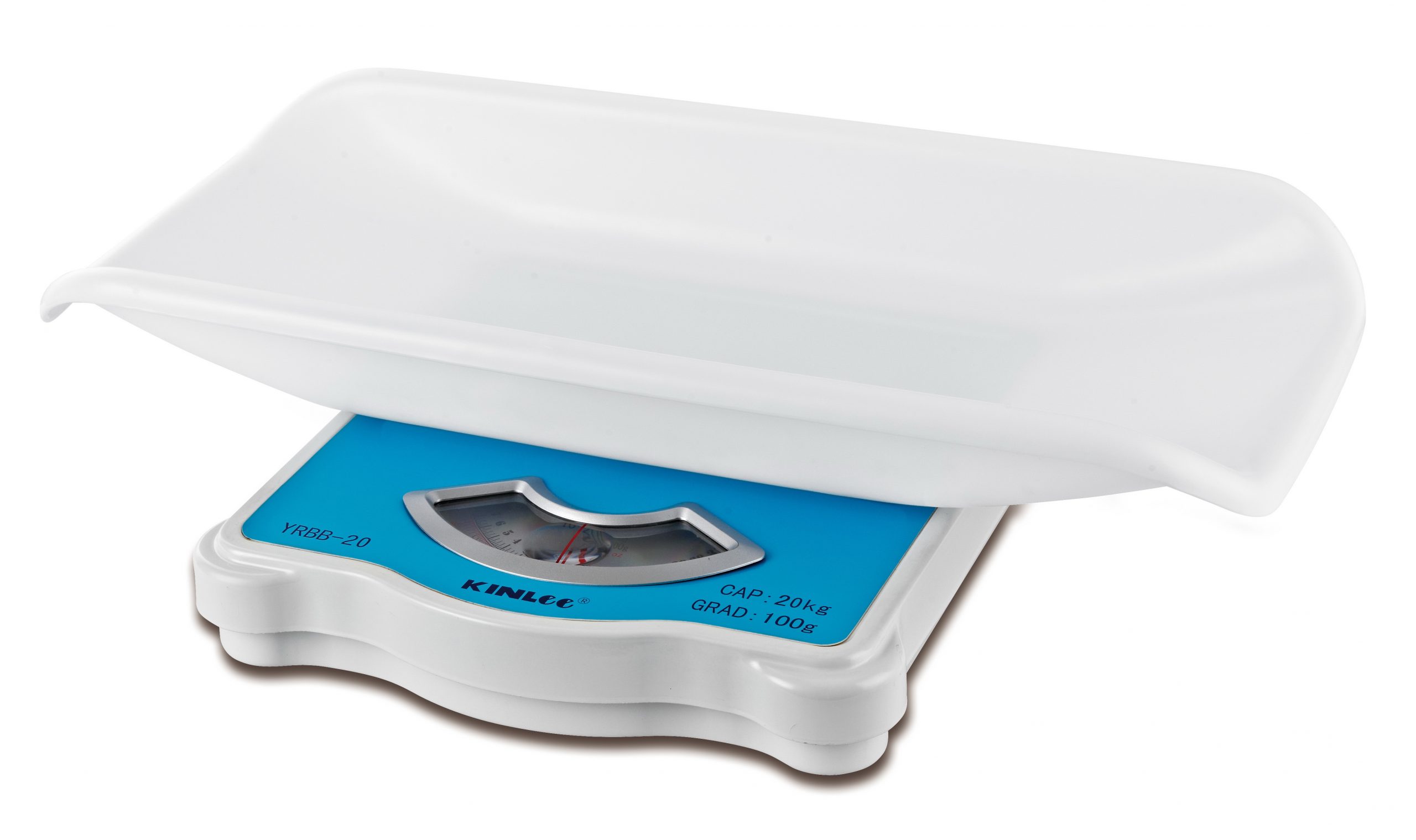
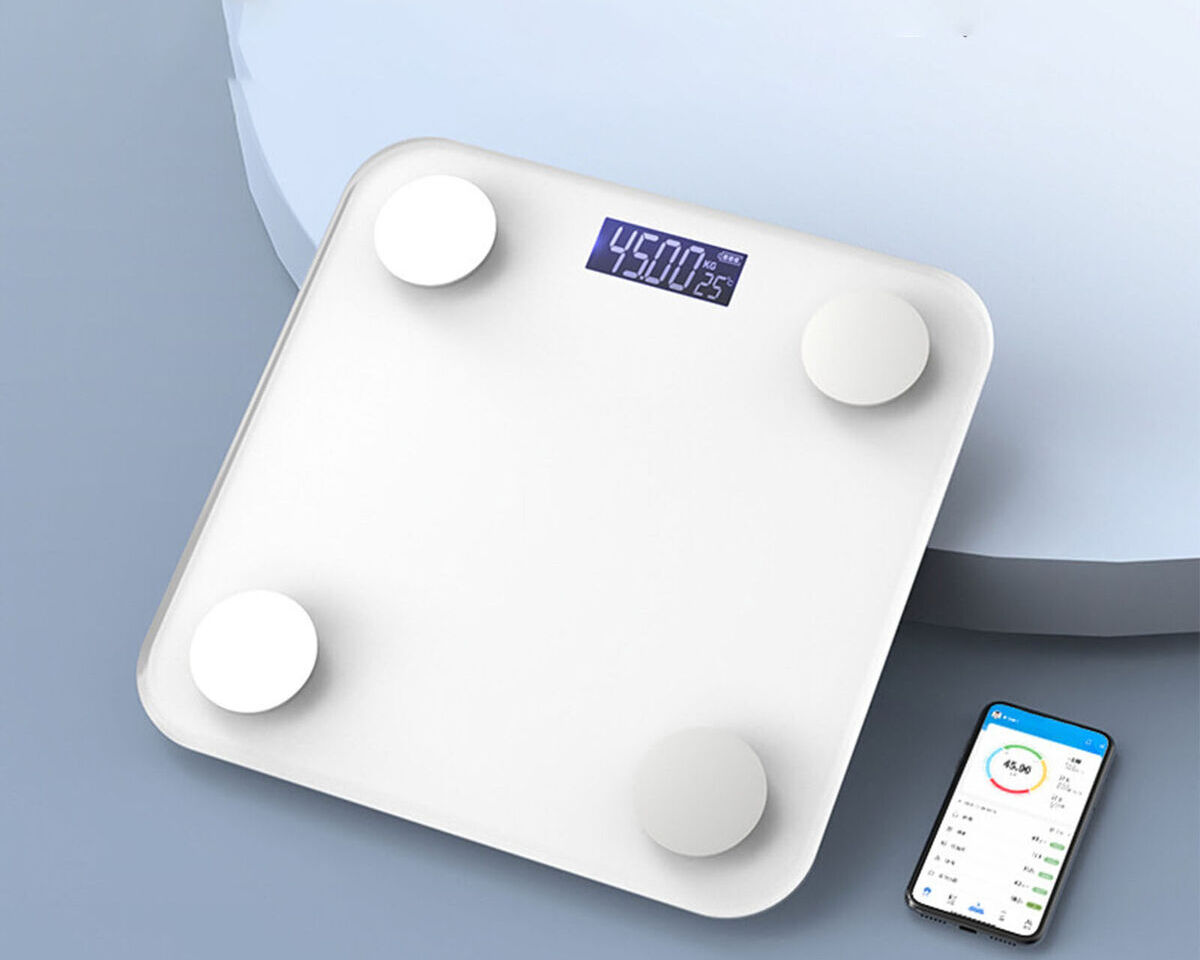
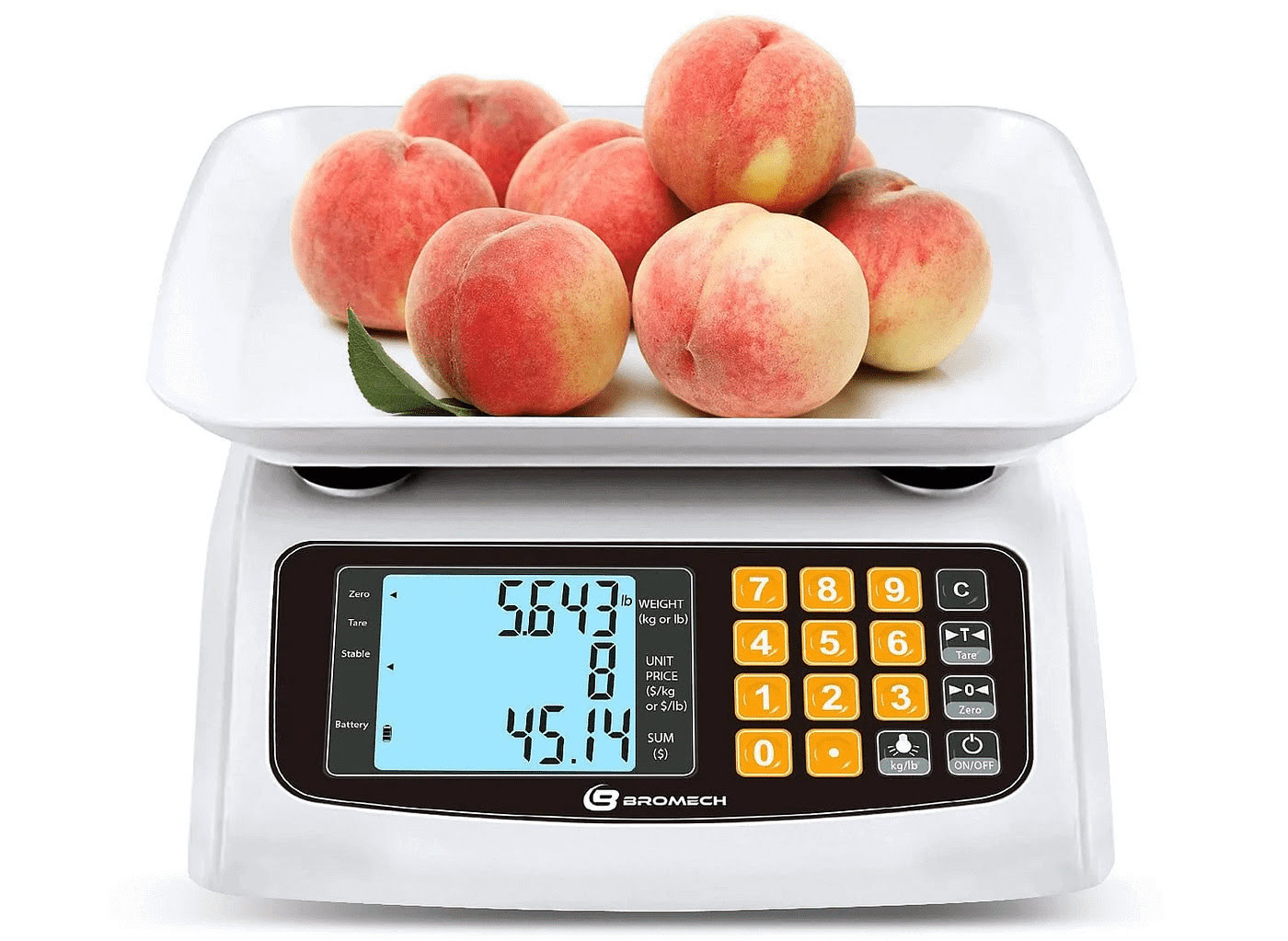

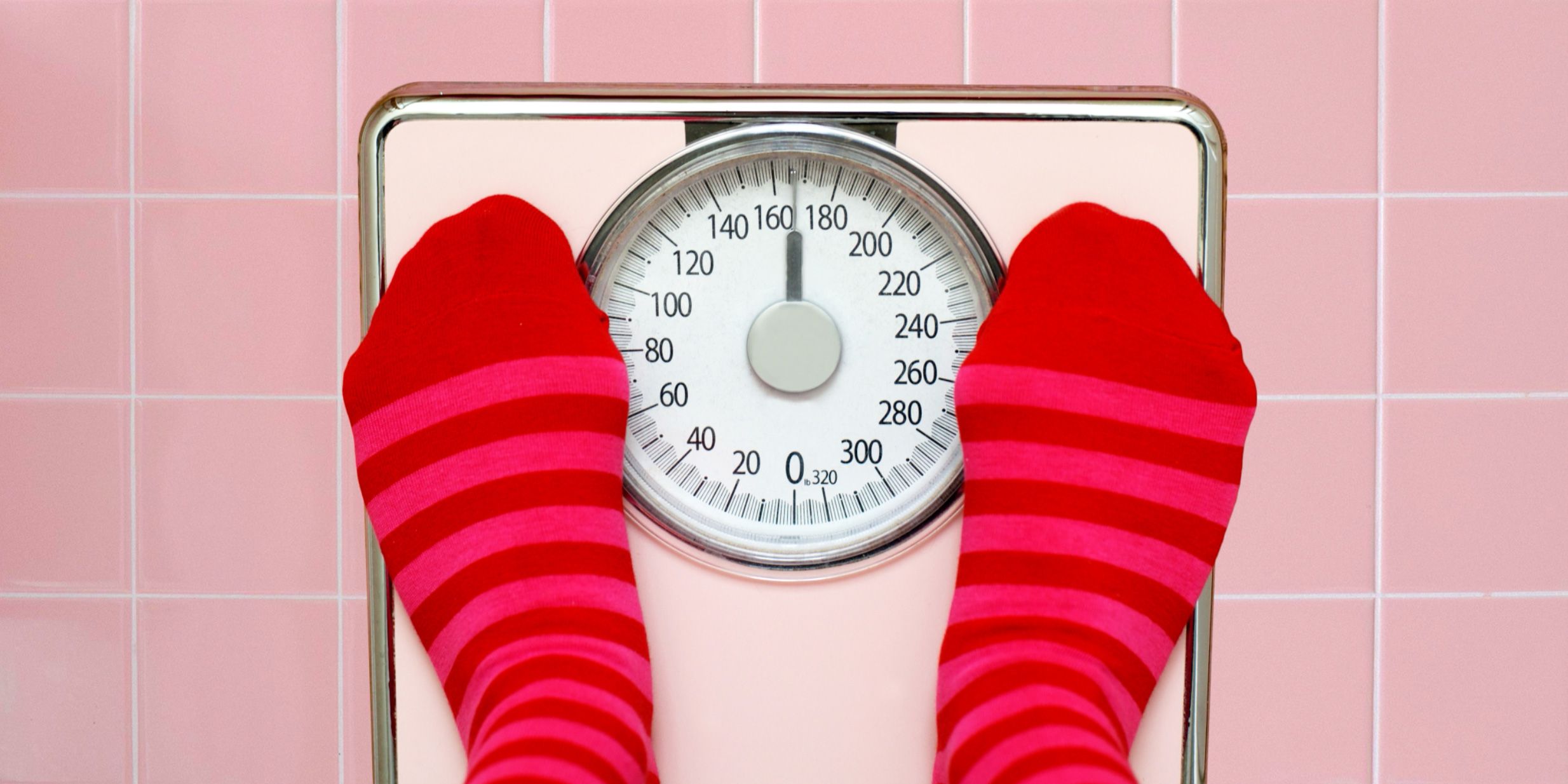
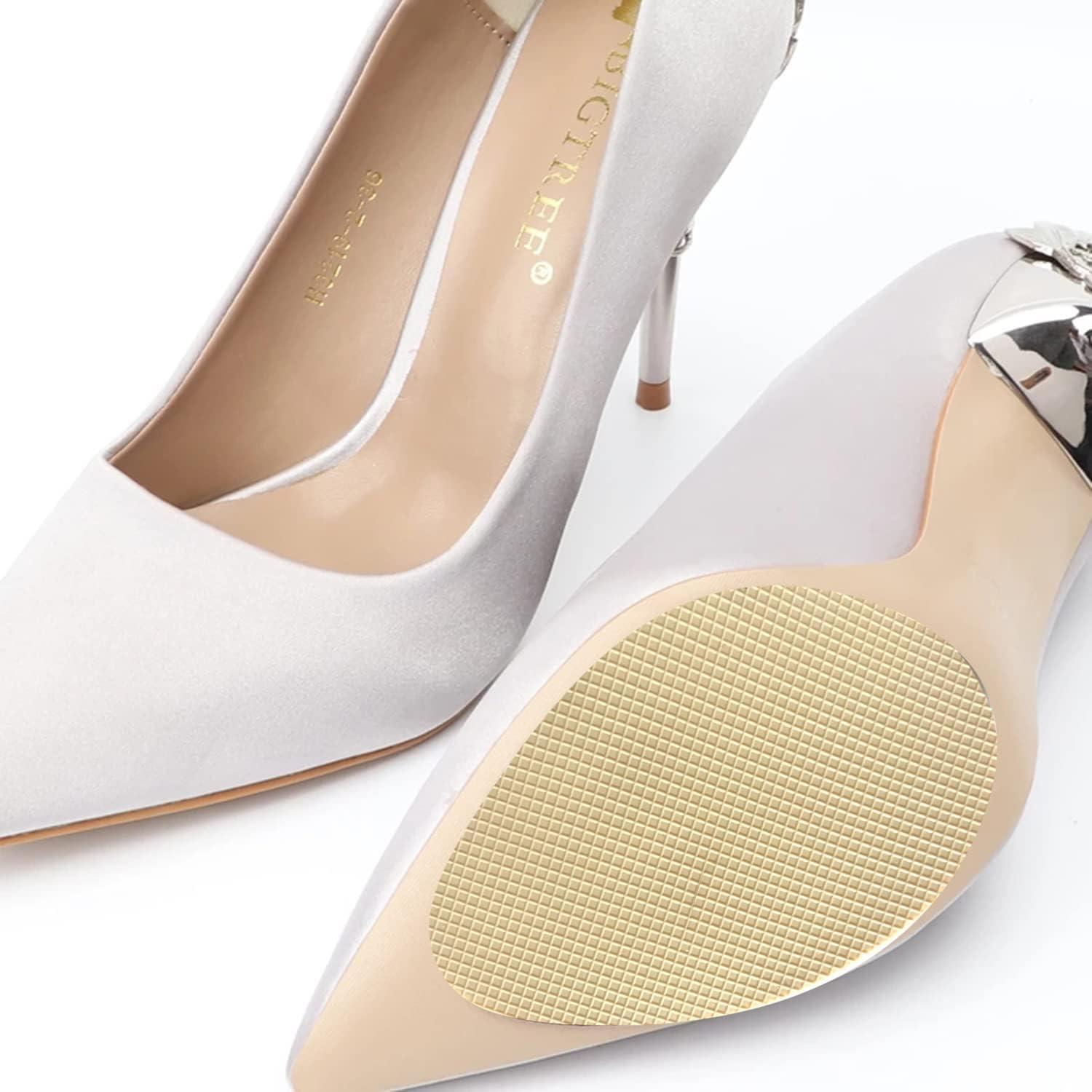
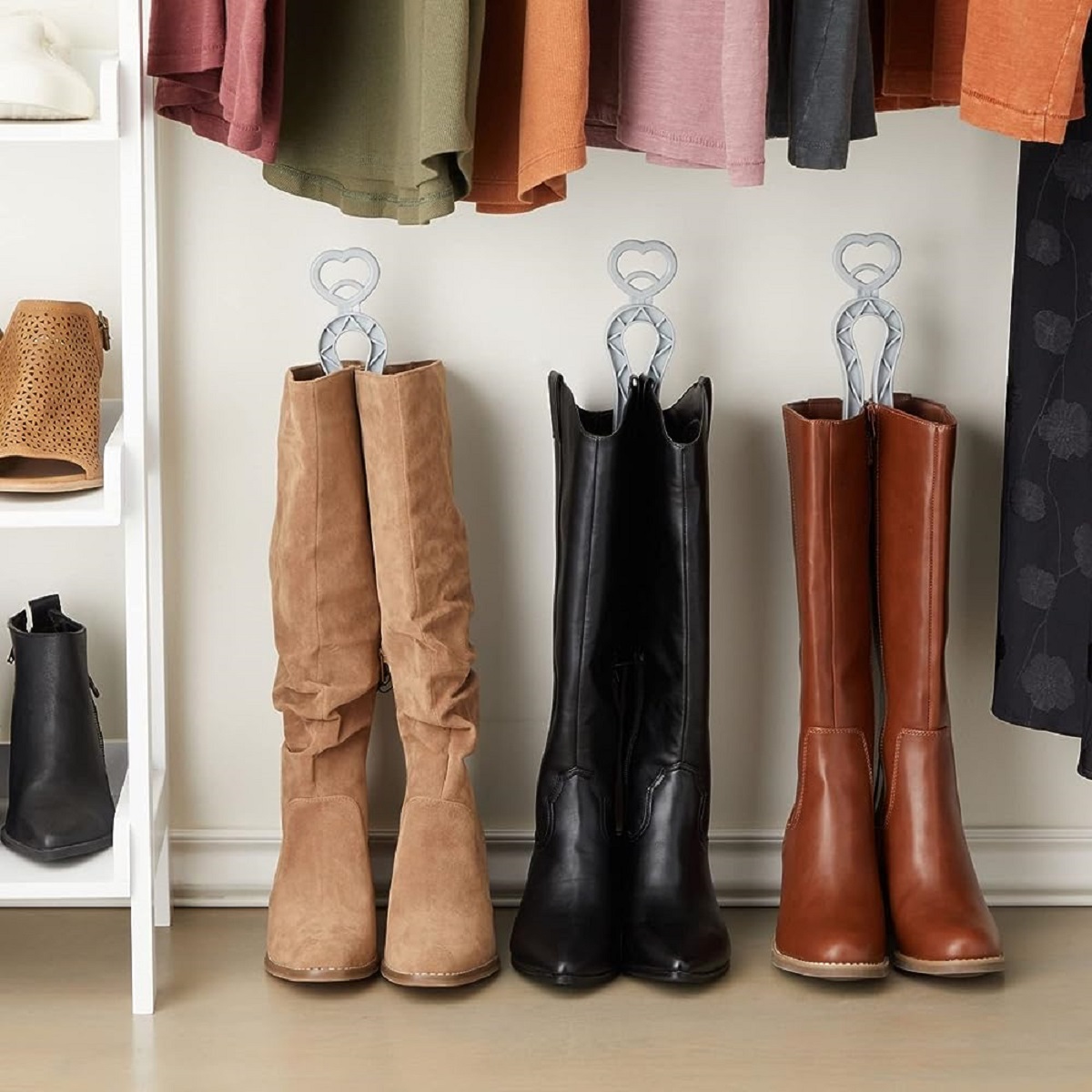
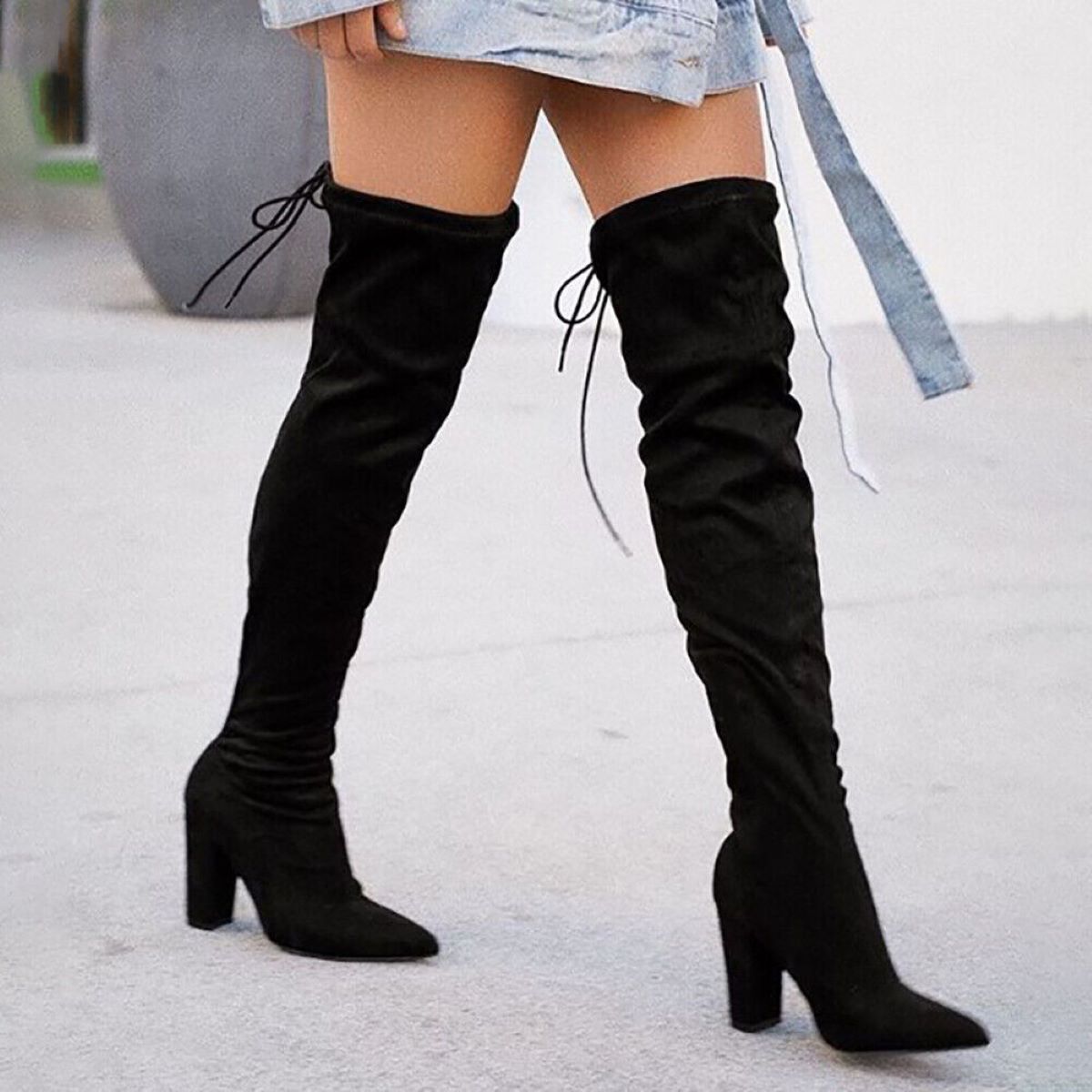



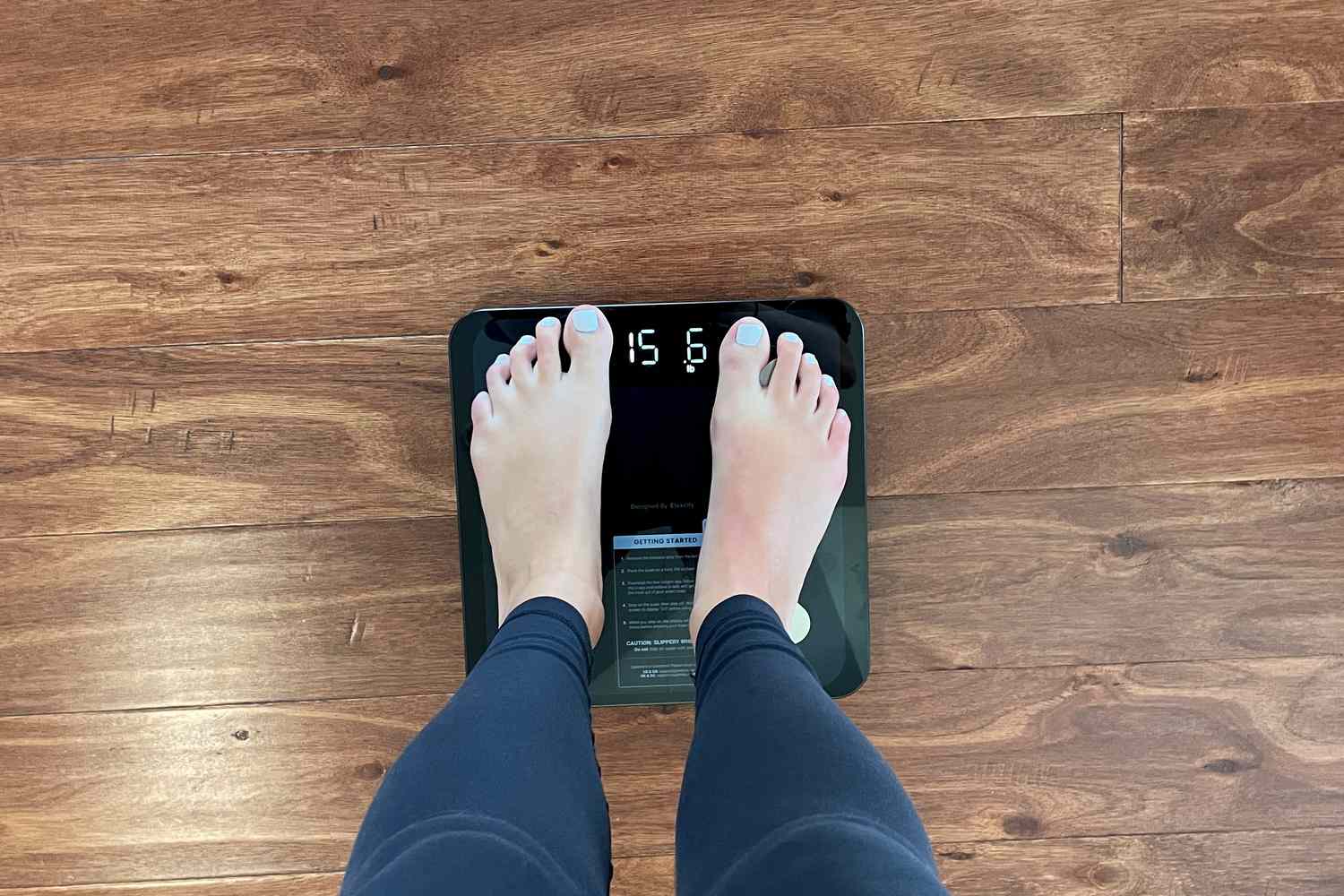
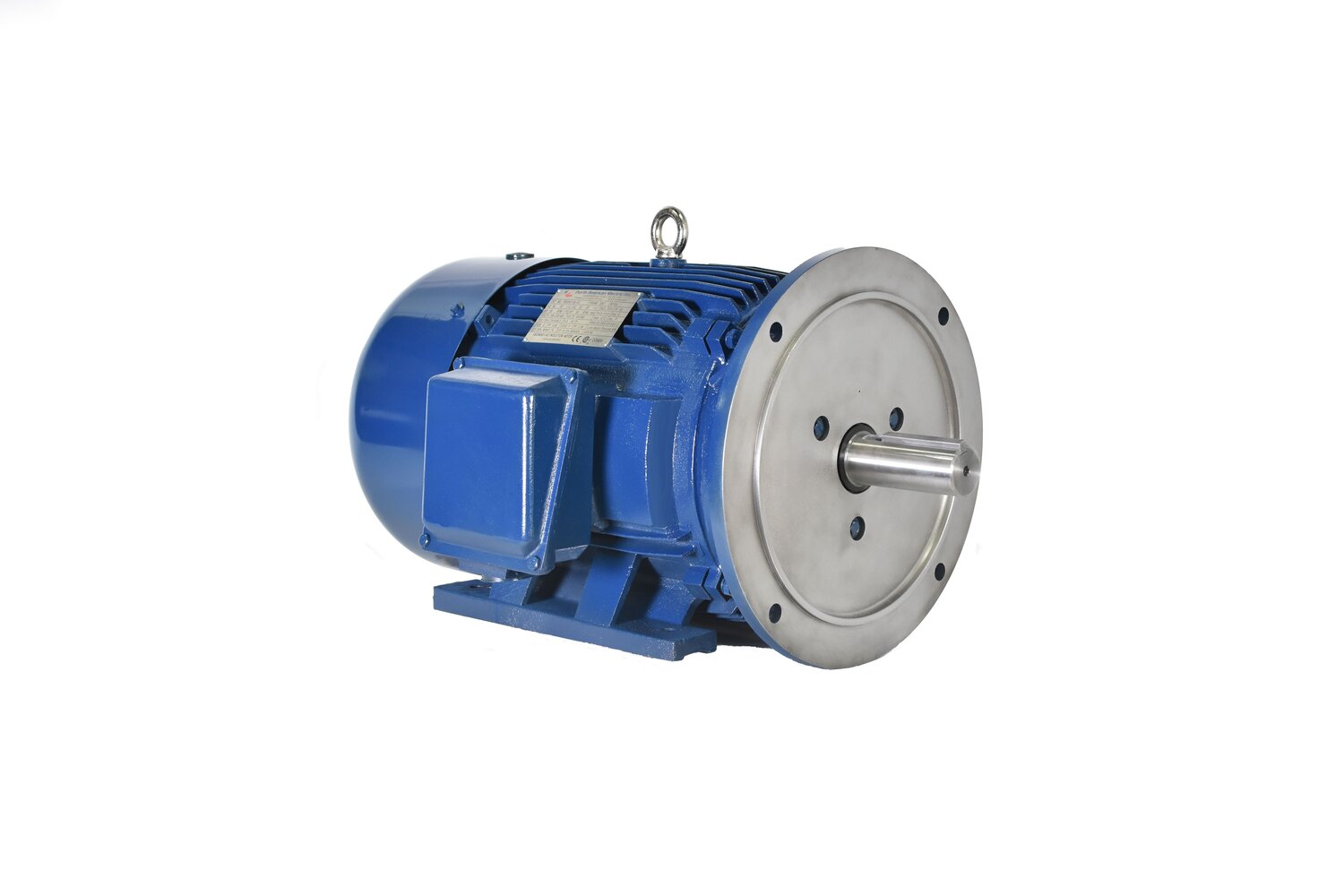

0 thoughts on “How Much Weight Does Shoes Add To The Scale”